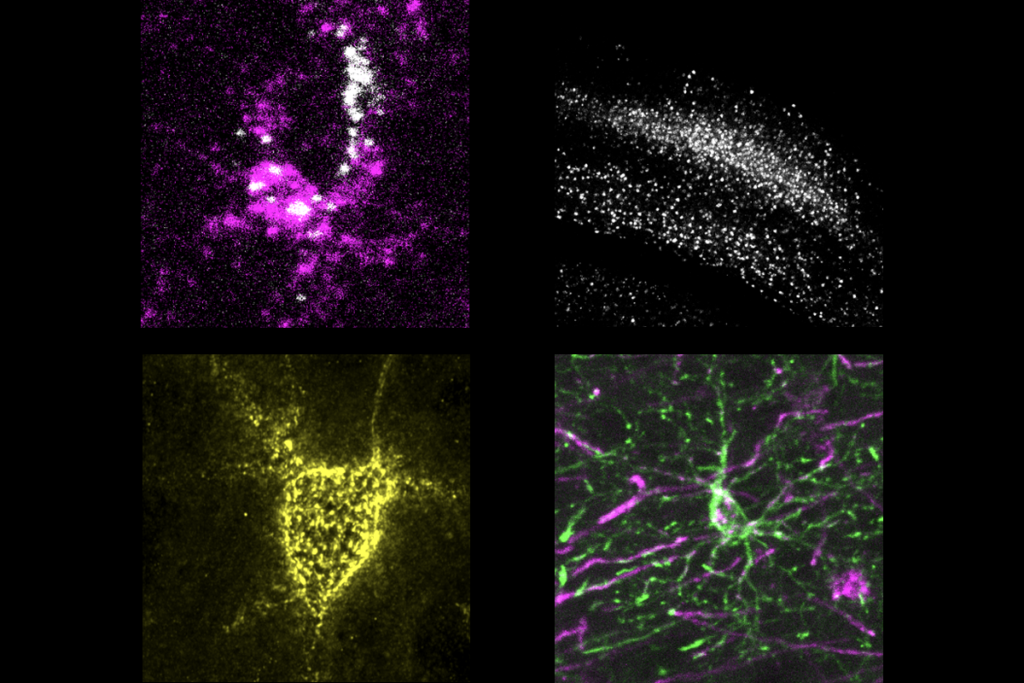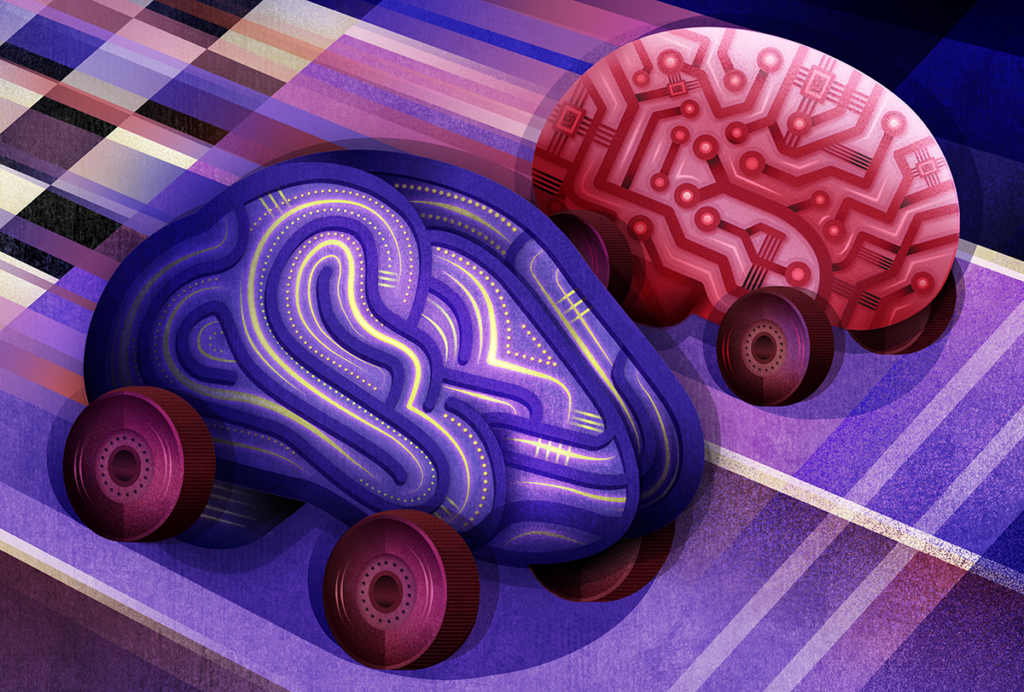Parizad M. Bilimoria
Communications and Outreach Director, Conte Center
Harvard University
From this contributor
The 2003 paper proposing signaling imbalance in autism
In 2003, John Rubenstein and Michael Merzenich first described the theory, now popular in autism, that the disorder reflects an imbalance between excitation and inhibition in the brain. Takao K. Hensch and Parizad M. Bilimoria review the paper and its impact on the field.

The 2003 paper proposing signaling imbalance in autism
Explore more from The Transmitter
Astrocytes stabilize circuits in adult mouse brain
The glial cells secrete a protein that suppresses plasticity post-development.

Astrocytes stabilize circuits in adult mouse brain
The glial cells secrete a protein that suppresses plasticity post-development.
Profiles of neurodevelopmental conditions; and more
Here is a roundup of autism-related news and research spotted around the web for the week of 5 January.

Profiles of neurodevelopmental conditions; and more
Here is a roundup of autism-related news and research spotted around the web for the week of 5 January.
The 1,000 neuron challenge
A competition to design small, efficient neural models might provide new insight into real brains—and perhaps unite disparate modeling efforts.

The 1,000 neuron challenge
A competition to design small, efficient neural models might provide new insight into real brains—and perhaps unite disparate modeling efforts.